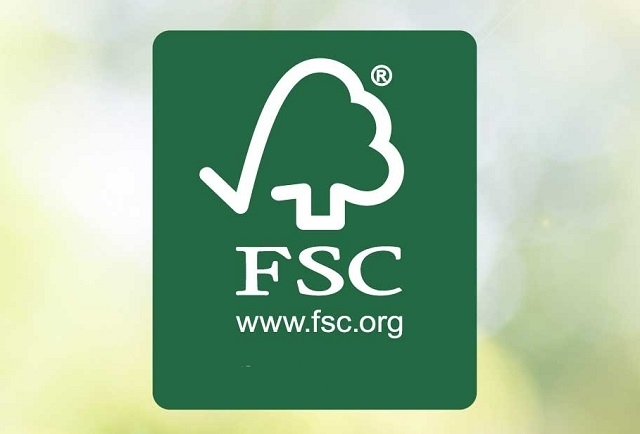What’s really behind the FSC logo?
Published: 27/04/20 By: Mike Bekin
The next time you find yourself casually strolling through the supermarket, take a few seconds to notice the familiar tree-shaped logo, tucked away in a corner of your toilet paper packaging. This is a logo we’re all familiar with, but what’s behind it?
The FSC logo is not so much a mark of quality as it is a mark of respect and responsibility. If the product you’re holding contains this logo then it has been sourced from a forest where the trees, the fauna and also the workers are all respected and protected in a way that ensures their long term well being. .
The Forest Stewardship Council exists to set the standards and the rules behind all of the products you buy that come from such forests. We’ve already highlighted the basics regarding the logo and what it means, but below, we delve a little deeper behind the logo and what it represents.
The birth and evolution of an icon
The FSC was established over 25 years ago with the help of the WWF (World Wildlife Federation) and was put together to “promote environmentally appropriate, socially beneficial and economically viable management of the world’s forests.”
The purpose of the FSC was set out with 5 clear goals – to advance responsible forest management across the globe; ensure easy access to the benefits of the system; to ensure the system is credible and transparent; to create actual business value out of all FSC certified forests and, finally, to strengthen the global network.
The idea is that forests managed to FSC standards have their long term survival guaranteed. This is achieved by addressing a multitude of threats that face forests across the world, including illegal logging operations, deforestation and even more direct wildlife protection. It all contributes to a logo that signifies a wood-based product comes from responsible sources that are environmentally appropriate, socially beneficial and economically viable.
The chain of custody
There are two main stages involved in FSC certification: Forest Management and Chain of Custody.
Forest operations that follow strict guidelines on how to harvest trees responsibly while respecting the habitat, native peoples and employees receive the Forest Management certificate (FM).
The chain of custody certificate (CoC) then ensures that from the moment the tree is felled inside a forest with a FM certificate right up to the moment the end-user takes the product home, the materials have been checked and verified at every stage of the supply-chain process.
This is what makes the FSC such a powerful brand – it’s not just recognising the fact that the wood has been sustainably and responsibly sourced but that it has not been mixed with timber from other unaudited sources at any point in its journey to the consumer.
Any company involved in processing FSC products must also have the FSC chain of custody certificate, otherwise the chain is broken and the label simply doesn’t hold muster. As such, when you see that FSC label on your product, you can rest assured that all of the builders, importers and source forests involved in the process will have been fully vetted by the FSC.
This chain of custody is safeguarded by independent audits that take place on a regular basis. Note that individual projects can also receive certification, as can larger companies operating from several different sites that share the same operational facilities.
A mark of quality
Today, the FSC logo is only applied to products that meet the exacting standards and these standards continue to be examined on an annual basis. It’s the reason why the FSC is still delivering the most reliable sustainability standards for the industry and why it continues to speak volumes of the products and the companies that use it.
